- Overall Serbia numbers
The Balkan Route — from Turkey and Greece and then generally up through North Macedonia, Bulgaria, Romania, Bosnia & Herzegovina, and Serbia is a key route from People on the Move seeking asylum in the European Union (EU). According to the latest Frontex report from September 2022, the Balkan Route has had the highest number of new arrivals this year since 2016. In the first 8 months of 2022, Frontex recorded 86,581 irregular entries in the Western Balkans (Albania, North Macedonia, Montenegro, Bosnia and Herzegovina, and Serbia), a 190% increase since 20211. The people moving through the Balkan Route are primarily from Afghanistan and Syria, with North African countries being the next most common.
These numbers are always changing as people move through the Balkans, attempt to get into the EU, or get pushed back into other countries. Serbia has been a hotspot for People on the Move (PoM), who often stay in the north in informal squats before attempting to cross into Hungary. According to UNHCR, the official number of People on the Move in Serbia at the end of October 2022 was 79512.
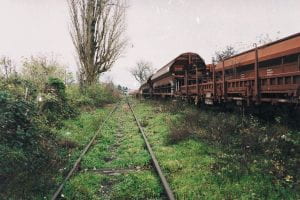
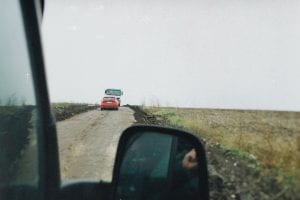
- Camps and squats
In Northern Serbia, many of these people live in temporary squats. Squats are unofficial camps often set up in old buildings like barns and warehouses. The shelter these squats provide is minimal and the only heating comes from fires and a few stoves that have recently been installed by an organization called Blindspots. In the winter months, when temperatures are below zero, these squats are barely warmer than being outside.
People living in these squats have no access to medical care, potable water, warm showers, food, or any other type of support from the Serbian Government. While the Serbian state has two official camps in the North that are in use, they are overcrowded and maintain very poor living conditions. Poor hygiene, little to no privacy, and insufficient access to food and medical care are commonplace in official camps. As of September 2022 the camp in Subotica was at 253% capacity and the camp in Sombor was at 147% of capacity3. The atrocious living conditions in these registered camps is often a driving force behind people choosing to live in squats.
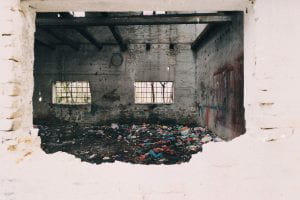
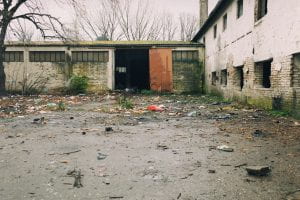
- Uncertainty and evictions
Recently, in the wake of a shooting between two rival working crews (informal smuggler networks) in the nearby town of Horgoš, police evictions have swept through the camps. This incident occurred on the night of November 24 in the Horgoš town center and left 4 people in the hospital. In response, the Serbian government has indiscriminately evicted and destroyed camps and forcibly relocated some 600 or more people to official camps, often destroying peoples belongings in the process4. While violence between working crews is not unheard of, this incident was different because it happened in the center of town, rather than in rural areas around borders where it more commonly happens.
There is no denying that this was a violent incident, and the people involved should be held accountable, but the Serbian government’s response has targeted all People on the Move in the area indiscriminately while simultaneously ignoring the conditions that create illegal smuggling networks. These incidents occur as a result of systematic failures of the EU and Serbian Government to provide safe, legal avenues for asylum seekers. The lack of access to legal options creates both the demand for illegal crossings and the profitability that comes from them.
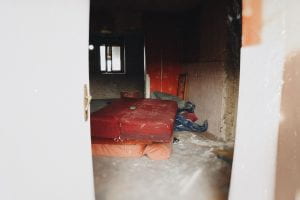
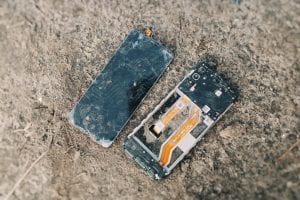
- Collective Aid / Distribution work
Collective Aid is an NGO that operates in the Balkans and Calais fighting to support People on the Move. I am working as the Advocacy Officer for Collective Aid’s Subotica branch in Northern Serbia. They provide showers and laundry services as well as distribution of food items, hygiene items, wood, and NFI (non food items) such as blankets, jackets, shoes, clothes, etc. as we have them available. We distribute goods to about 1500 people a week at up to 9 different locations. The total number of people in the area is likely higher than 1500, though it is ever changing due to the transitory nature of these peoples’ situation as well as evictions and forced relocations.
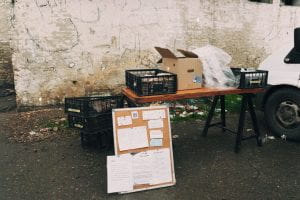
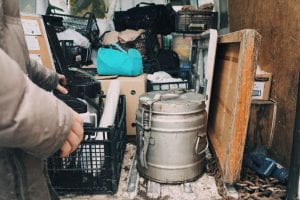
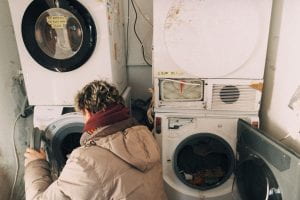
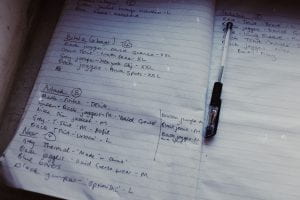
- Media advocacy
Along with the showers, laundry, and distribution services Collective Aid does monitoring of border violence and push backs and media advocacy work — these are some of the areas my position is focused on. Collective Aid is a part of the Border Violence Monitoring Network (BVMN) — a network of different organizations primarily in the Balkans and Greece that document illegal pushbacks and violence targeted toward People on the Move, and advocate for their rights. We take and submit testimonies from people who have experienced pushbacks, and are involved in decisions regarding BVMN.
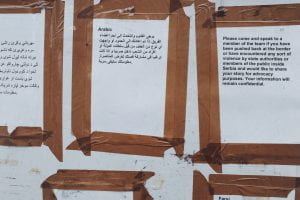
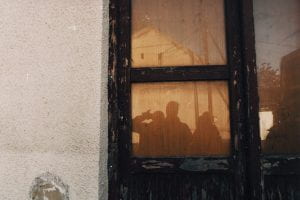
2 https://reliefweb.int/report/serbia/serbia-statistical-snapshot-october-2022
3 https://data.unhcr.org/en/documents/details/89400
4 https://www.telegraf.rs/english/3590874-600-migrants-detained-at-horgos-taken-to-the-south